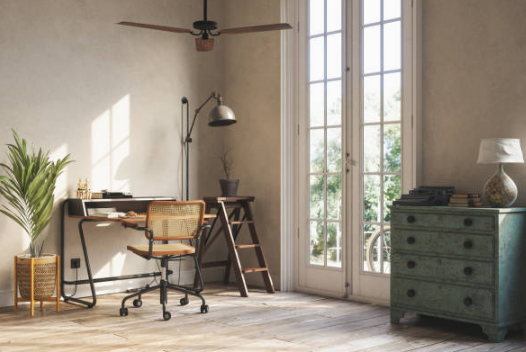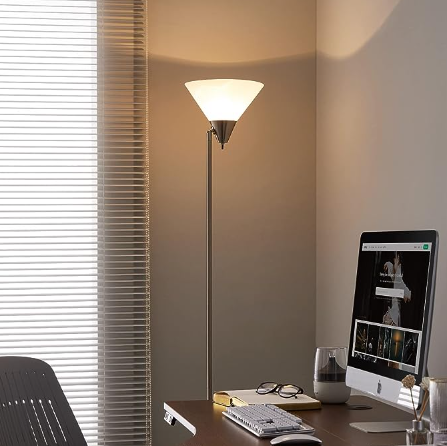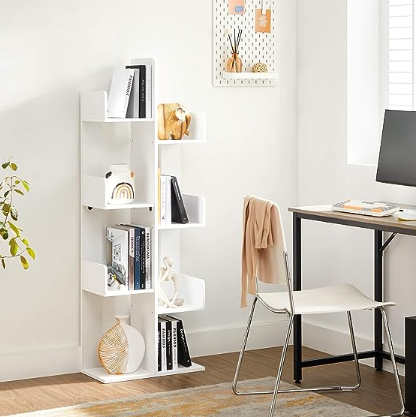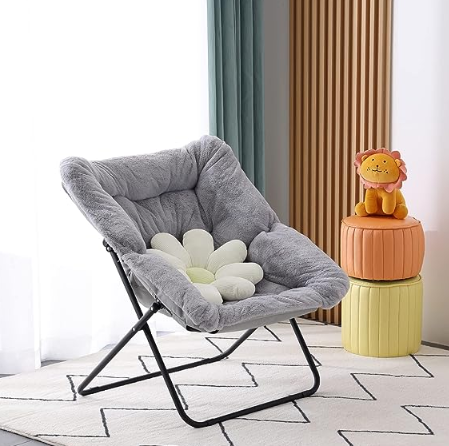5 Tips for Improving Lighting in Your Home Office

10 Carpet Types You Need to Know About Upgrading Your Flooring
January 8, 2025
5 Home Office Layout Mistakes That Reduce Productivity
January 12, 2025When you’re working from a home office, the lighting characteristics and quality of your workspace can help make you more productive. If you don’t have a lot of natural light, artificial light is even more important when considering workspace lighting. Many home offices have ambient lighting, including ceiling or recessed lights, but existing ambient lighting is not designed for functional lighting in a home office.
Here are five points to consider when installing office lighting for your home workspace.
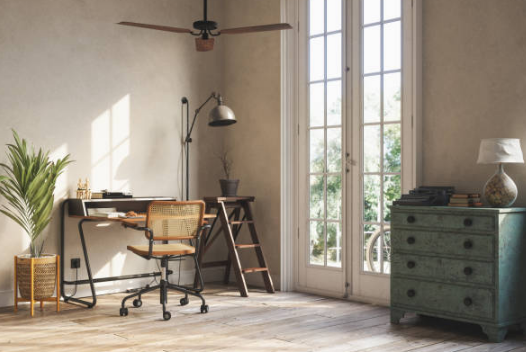
Keep the Office Lights Indirect
Avoid working under direct overhead lights. Instead, try to scatter the ambient light that illuminates your office. Lampshades soften and scatter otherwise harsh light, while upward-illuminated floor lamps reflect light off walls and ceilings. The purpose of this is to illuminate the entire space without excessive glare and contrast, while avoiding casting shadows.
Create Task Lighting
For computer work, paperwork, and other tasks that require concentration, choose a clear light source that is specifically focused on what you’re doing. Adjustable or articulated desk lamps can project light exactly where you need it and support a variety of tasks. If your home office has multiple workstations (for example, desks for computer and phone work, file areas, and desks for viewing photos and layouts), set up dedicated task lighting for each workstation.

Eliminate Glare and Shadows
Always consider where the light is coming from: When you’re using your computer, the light source behind you will almost certainly create an annoying glare on your monitor. Similarly, watch out for unexpected shadows cast by lights set for task lighting. For example, if you’re writing with your right hand, your hands and arms may cast shadows if the work light is also placed on the right side. Also, when setting up your workspace, consider the location of the windows.
Take Advantage of Natural Light
Don’t overlook the unique benefits of natural light coming from windows, skylights, or other entrances. Sunlight can produce warm light and improve the working environment. On the other hand, you may want to consider direct sunlight that produces intense glare at certain times of the day.
In general, it’s best to place natural light in front of or next to your workbench and computer screen to avoid glare and maximize your outside view. You can also place the workstation facing north or south so that the sun doesn’t cast a shadow at any time of the day. To accommodate different levels of brightness throughout the day, shades can soften and reduce heat without affecting light and visibility. You can also try using simple blinds or even standing screens, which do a good job of diffusing the sunlight that is shining through the windows.
Consider Decorative Office Lighting
As mentioned above, most home offices will feature ambient lighting scattered throughout the space and task-focused lighting focused on specific workstations. In addition to these two types of functional lighting, you may want to add decorative and accent lighting to help improve the visual identity of your home office. Accent lighting, such as a mantelpiece or picture lamp, draws attention to objects or other elements in a room, while decorative lighting, such as a wall lamp, provides an immediate visual appeal.

